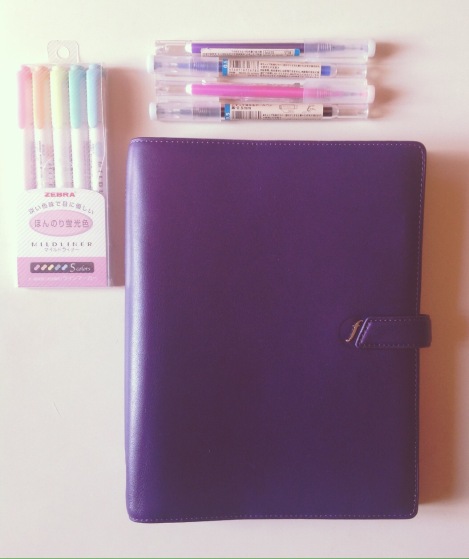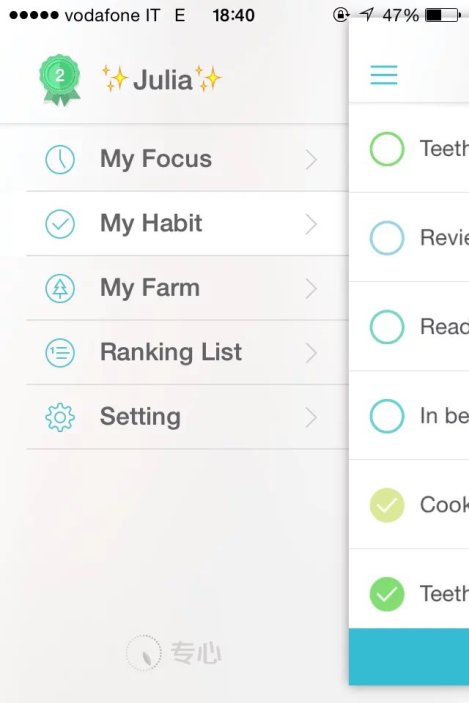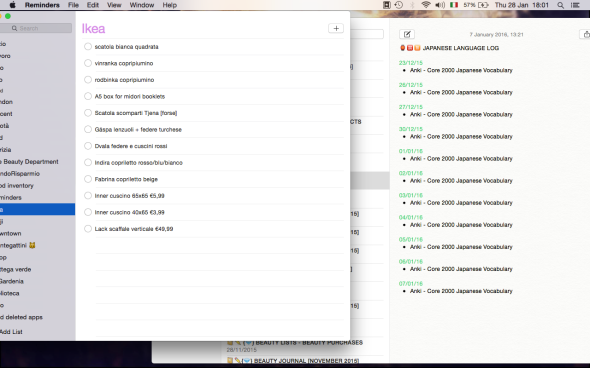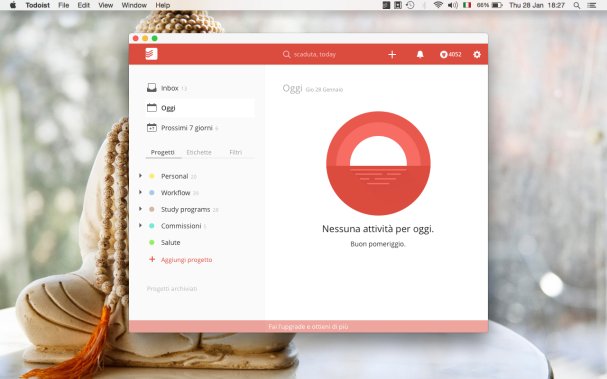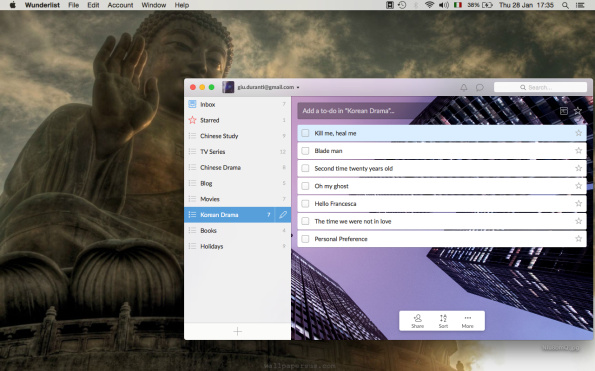{Planner Maniac} One Book July 2016 ~ One Planner to Rule Them All
I’ve noticed something curious lately. Despite the fact that in the last couple of months I’ve been using digital planning tools increasingly, this has by no means decreased the use that I make of my paper planner. Quite the contrary.
I think I mentioned here and there that lately Todoist, Wunderlist and Evernote have been playing a major role in keeping my life organised [I will definitely post about this in the future]. Nonetheless, not a day passes without me feeling the need of putting pen on paper to map out my day. Weird, uh?
I think there are a number of reasons for my Filofax to be so successful in my planning system, and the One Book July challenge has helped me a lot realising were I was doing wrong – last year as well as this year.

So here’s what I’ve learned so far:
- planner is for planning – when I first started using a ring planner I loved the fact that I could throw everything in there, from lists of books I wanted to read to my favourite recipes. WRONG. All that I really need [and really want] in my planner is a calendar for reminders/appointments and some weekly/daily pages to organise to do lists. Period. Everything else is not just superfluous, it’s actually pretty distracting – which leads me to point 2 ↓
- clutter is EVIL – whatever activity I need to carry out [study or work], the first thing I do is to free my desk from any unnecessary item. I need a clean and open space in order to get the right mindset and be productive. My planner works the same way: having loads of papers and sticky notes scribbled over sticking out my pages is never gonna be of any help for me. Brain dump is stored somewhere else – my planner has to be clean, declutter and well organised in order to really help me free the mind and not feel overwhelmed.
- size do matters – last year one book July helped me discover the wonder of having a planner that was a self-contained world – not just the inserts but the pens/highlighters as well. At the beginning of this year I wanted to upgrade to an A5 so I started off with my Filofax Original in Fuchsia, but I was way too bulky for me and I also wasn’t really using all the space it provided. At the same time the A5 paper format was perfect for me [especially for the monthly calendar] so I didn’t want to let go of that. My current A5 Boston with smaller rings proved to be the best solution, and it’s what saved me in another moment of planner slump.
- daily planning is not project planning – in case you didn’t quite grasp the concept, no clutter in the planner! I’m still a lot learning about how to manage projects [I quite successful found a way to stay on top of my Chinese studies through Todoist, but surely not everything can be managed there], but what I know for sure is that everything that has to be broken down in multiple steps, being it work or study or leisure activities, I prefer not to have it in my daily planner.
- stay away from pinterest. seriously – I used to spend *hours* browsing other people’s boards on inserts and bullet journal pages, and I still do it sometimes because, let’s face it, we planner junkies love to see pretty and neat planner pages. This said, I couldn’t resonate more with what Rhomany said here about the fact that we shouldn’t head over on Pinterest in order to find inspiration. Especially when dealing with a challenge in which you’re supposed to go back to basics, pretty inserts are everything but helpful. Let’s keep the foot on the ground and reflect on what we truly need, considering only how our brain works.
- a planner is a compass – as I don’t keep everything in my main planner but I use other task manager tools for my various projects, the way that I found in order not to lose pieces [and my mind sanity as well] is to use my main planner as the coordination centre of the whole system. I think this is crucial: it doesn’t really matter how many ‘planners’ you’re using, what’s really important is that you have one and unique landmark that keeps all the pieces together.
- sticky notes are a girl’s best friend – sometimes I found myself not exactly sure of where I should write down a certain thing, especially when it comes to random ideas I want to save in order to process later. In these cases the best thing to do for me is to jot it down on a post it note and to stick it into my daily pages – since my planner is my anchor, I know that I will surely review it and find the note with the idea later on. This gives me the chance to think it over and figure out which place is the best to store it, but in the meantime I make sure I won’t lose anything.
I have to say, every time I write about planners I have the feeling I keep saying the same things over and over again. Which is funny, considering the I’ve changed quite a few bites and pieces from last One Book July experience. But the more I think about it, the more it actually makes sense: as Carie Harling said in one of her videos, when you know how your brain works, not matter which planner you decide to use, your process will remain the same. It took quite sometime to me to grasp this concept but now I couldn’t agree more!


